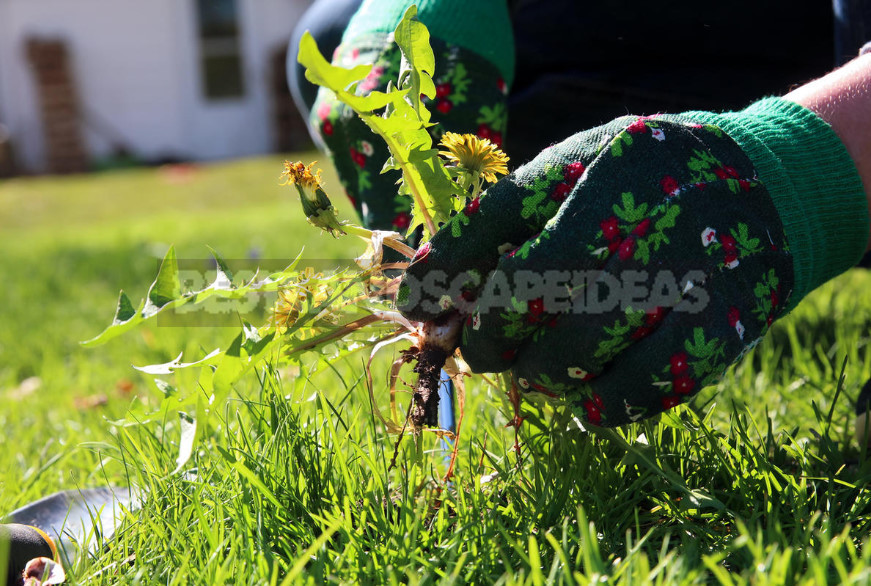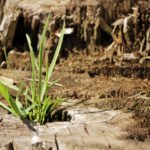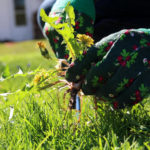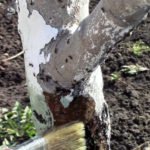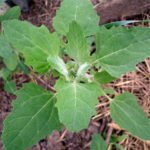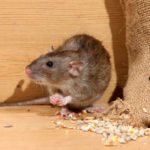Weeding is one of the most labor-intensive agrotechnical operations, which requires a significant amount of manual labor, and thinking that it has grown, and weeding can not be left. Even at the end of spring and the first half of summer, when all the grassy vegetation develops literally before our eyes, weeds are characterized by particularly exuberant growth and are ahead in the development of cultivated plants. If you come to the country only on weekends, then sadly notice that every week weeding has to start over.
Distribution method
Weeds have a high coefficient of reproduction – both seed and vegetative. Annual species reproduce only by seeds, and perennial species usually successfully combine both methods. Each plant is capable of producing tens of thousands of seeds that remain viable in the soil for several years – usually five at least.
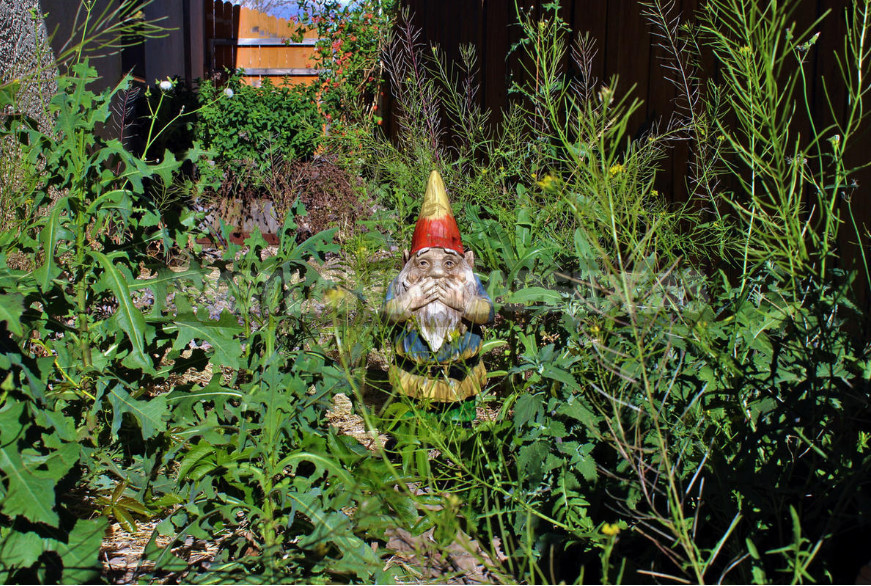
Seeds germinate unevenly, and even if you manage to cope with a particular species in the current season, next year it will appear again in the same place. Destroy all the seeds in the soil is simply impossible, and even if theoretically possible – they can get to the site from other areas.
In the process of evolution, all plants (not only weeds) have developed a variety of mechanisms of distribution of fruits and seeds. This can be a variety of accessories, for example, beloved from childhood, the “parachutes” of dandelions, hooks, clinging to animal fur and clothes as the thistles and the series. There are also various ways of opening the fruit, in which the seeds are scattered as far as possible, as from a catapult.

In addition, annual weeds usually have spring and winter forms, and they literally go with flowers under the snow and the same come out from under it, that is, bloom and bear fruit almost all year round. Bright representatives of such plants – Stellaria media, Capsella bursa-pastoris, Thlaspi arvense, Galeopsis bifida, Poa annua, Echinochloa crus-galli, as well as Bidens tripartita, Erigeron canadensis, Galinsoga parviflora (popularly nicknamed “American”).
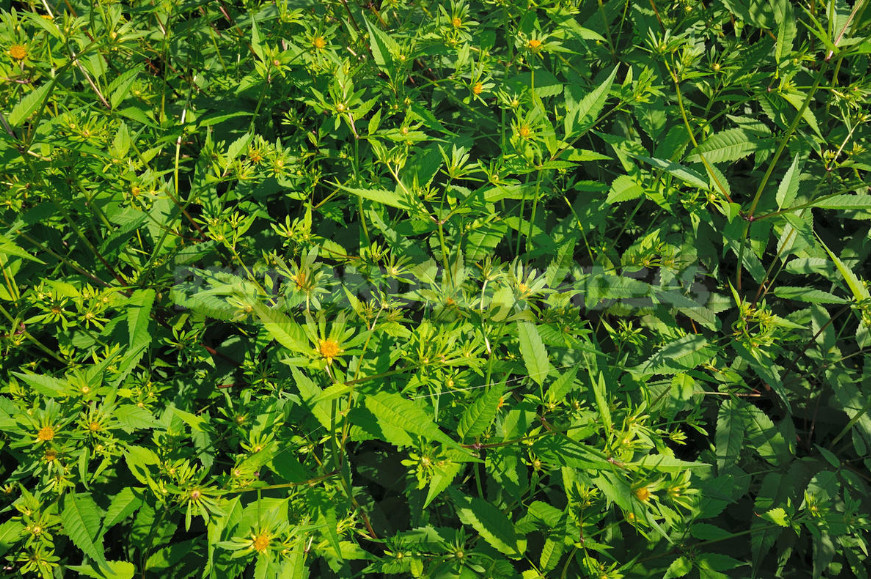
In some weeds, the seeds in the course of evolution become similar to the seeds of cultivated plants, so a certain impurity spoils both the planting material and the crop, especially when it comes to grain crops. Not so long ago, the real disaster was such externally attractive weeds as Centaurea cyanus and Agrostemma githago. Seeds of the latter, getting into the grain and flour, have a toxic effect on the heart and nervous system of man, destroy red blood cells. However, now both of these species – welcome guests in the flower beds, and modern agricultural techniques allow you to control their numbers in the fields.
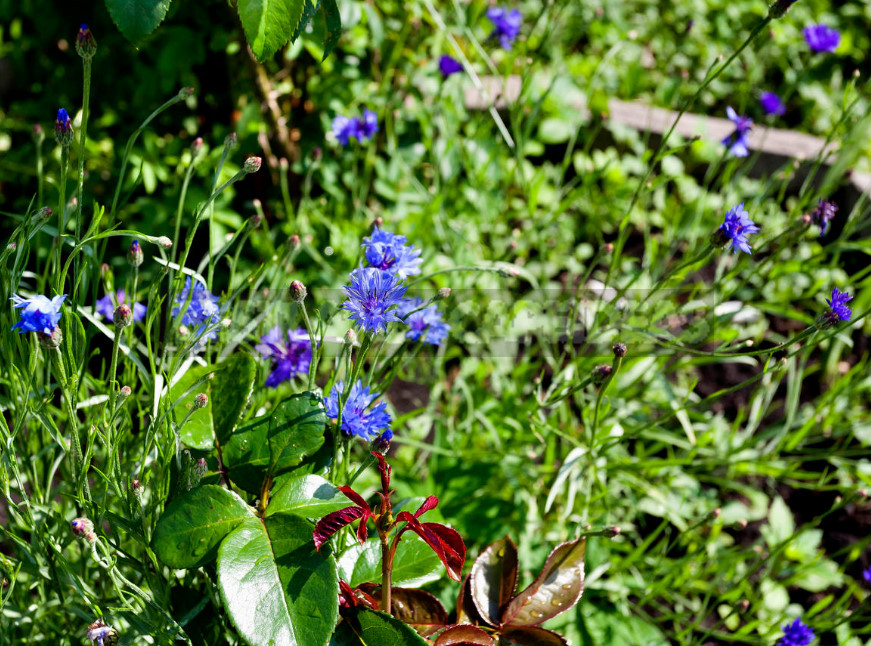
Even a rooted plant tries to cling to life and give offspring, so the dying culture directs all its forces to the development of fruits and seeds. Weeds have reached unprecedented heights in this art. For example, you’ve probably noticed how quickly the seeds ripen in wilted dandelions – and Yes, they are fully prepared for the “attack”.
Among perennial weeds there are many rhizomatous plants that should be carefully selected from the soil. By the way, for digging it is better to use a fork, not a shovel. Even a tiny piece of rhizome 2-3 cm long, if it has kidneys (and they certainly are, nature has taken care of this), enough to start the fight again in a year.
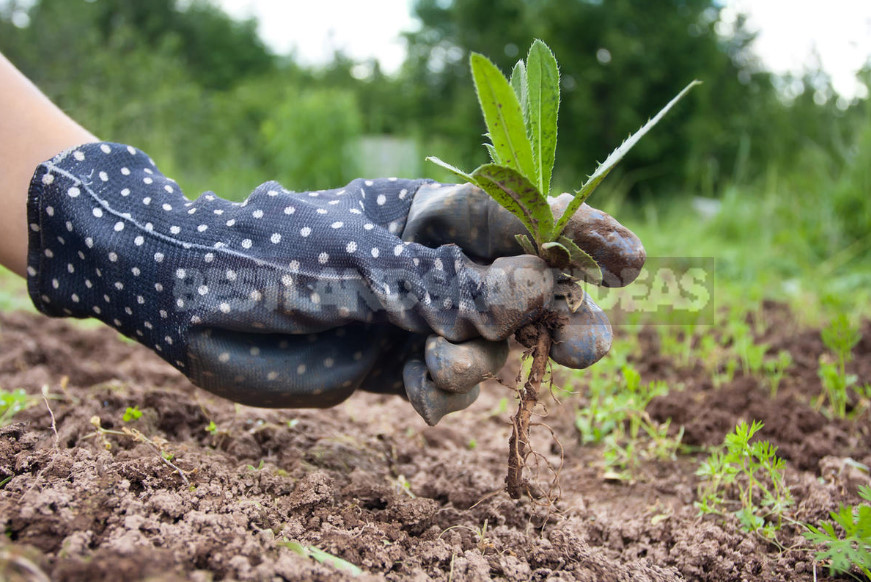
Elymus repens (its outdated scientific name literally translates from Greek as “fire fields” — for the huge speed of distribution), thanks to the pointed Bud at the top of the rhizome, grows well on any soil, even the heaviest. It easily pierces potato tubers and root crops.
Quickly overrun the garden the Thistle field and different types of sow Thistle. All these plants love the sun, and in partial shade and shadow reigns another long-rooted weed – Aegopodium podagraria.

Resist weed grass is very difficult. This can only some flowering plants that form dense vegetation with large leaves, and then — in adulthood. And even young trees and shrubs without the help of man are the losers.
Even seemingly harmless taproot weeds, which do not spread in all directions, are also fraught with danger. For example, the same dandelion perfectly resumes from the root cuttings: if you cut the root with a shovel, a new plant will grow from each fragment, and if you cut down the rosette of leaves under the root neck, the buds will quickly appear on the remaining root in the soil, from which new ground shoots will develop.

